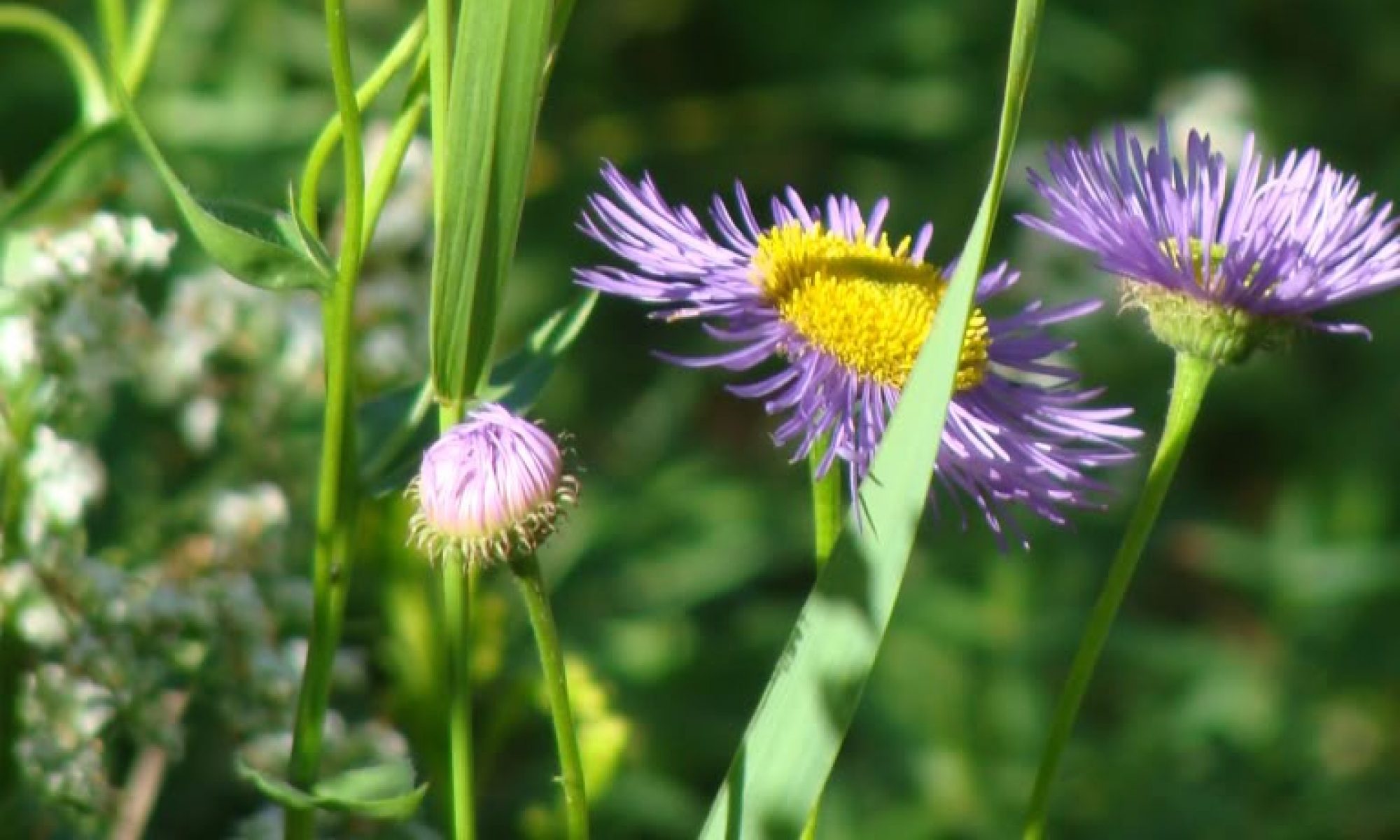I started to call this post “My Little Meadow,” but I’m sensitive to the concept of owning land and resources. I recently read this in The Plant Messiah: Adventures in Search of the World’s Rarest Species, where author Carlos Magdalena quotes Jean-Jaques Rousseau:
The first man who, having fenced in a piece of land, said “This is mine,” and found people naive enough to believe hi, that man was the true founder of civil society. From how many crimes, wars, and murders, from how many horrors and misfortunes might not any one have saved mankind, by pulling up the stakes, or filling up the ditch, and crying to his fellows: Beware of listening to this imposter; you are undone if you once forget that the fruits of the earth belong to us all, and the earth itself to nobody.
So the little meadow that nature and I started collaborating on in September of 2020 has grown and changed and inspired me to do more.

Above is the meadow on the day it was planted out in native plant garden.

Above are the same plants this week, with the grasses still providing a show in mid-winter.
This native grass has grown exceptionally well and bloomed well this year and also went to seed. Many seedlings are popping up around the original plants, which is great.
The camas bulbs mixed in have also done well so far.

Other seedlings that were mixed in with the grass have taken much longer to establish. Yarrow plants are clinging to life but not thriving here. And the seedling checker mallows seemed to have disappeared, but then returned again during the summer. The conditions there may not be moist enough for them. I noticed when I was looking at the plants this week that the checker mallows have sprouted and are growing pretty quickly in the winter (see below). Surprising. I’ve tried adding bare stem biscuitroot to the planting, too. They seem to have disappeared. It is possible they will resurface in the spring.


We have a lovely, sunny day in Seattle today and I will go out and pull some leaves off of the native seedlings so they don’t get smothered. I don’t trust the Norway maple leaves from the neighbor’s tree, as their roots are toxic to seedlings and I wonder if the leaves might be, too.
